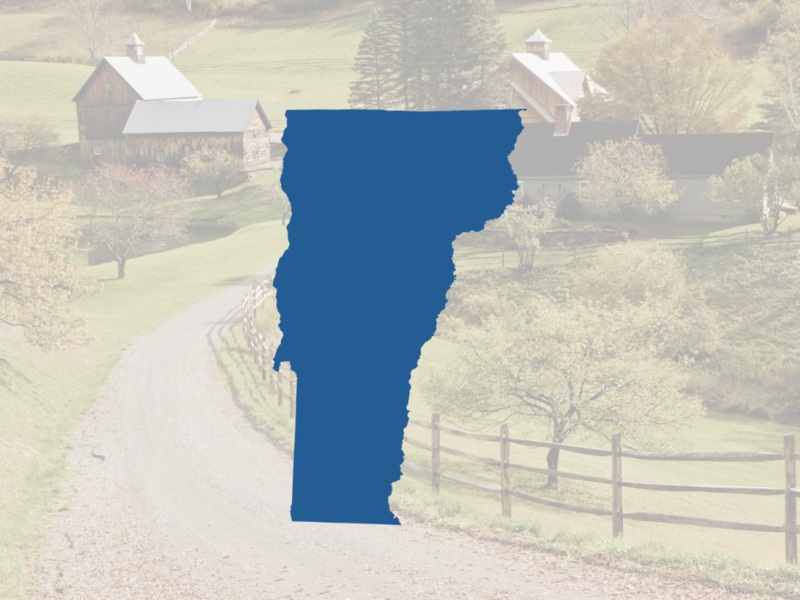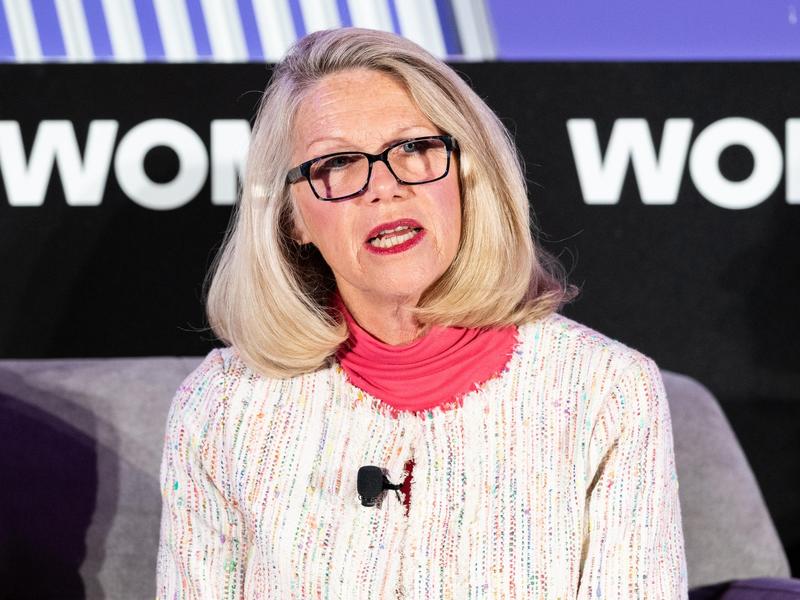
Republicans contend that the 2016 election will be about Americans’ desire for change after eight years of a Democratic president. Democrats hope the election will tell a different story of change: a continued march toward a more diverse electorate that is ever more hostile to the GOP’s Electoral College fortunes. We’ve built an interactive tool to help you draw your own conclusions about whether, as is often said, demographics truly are destiny. You can use it to see how changes in turnout and partisanship within five demographic groups would affect the outcome of the 2016 election. Paying homage to the BBC’s iconic tracker of vote swings in British parliamentary elections, we’re calling it the 2016 Swing-O-Matic. Check it out:
To build a baseline model of the 2016 presidential election, we started with the results of the 2012 election, looking at support for Mitt Romney vs. President Obama by five demographic groups: whites with college degrees, whites without college degrees, African-Americans, Latinos and Asians/others. We then adjusted the size of those demographic groups based on four years of population change.1









Subscribe Today
Our subscribers have first access to individual race pages for each House, Senate and Governors race, which will include race ratings (each race is rated on a seven-point scale) and a narrative analysis pertaining to that race.